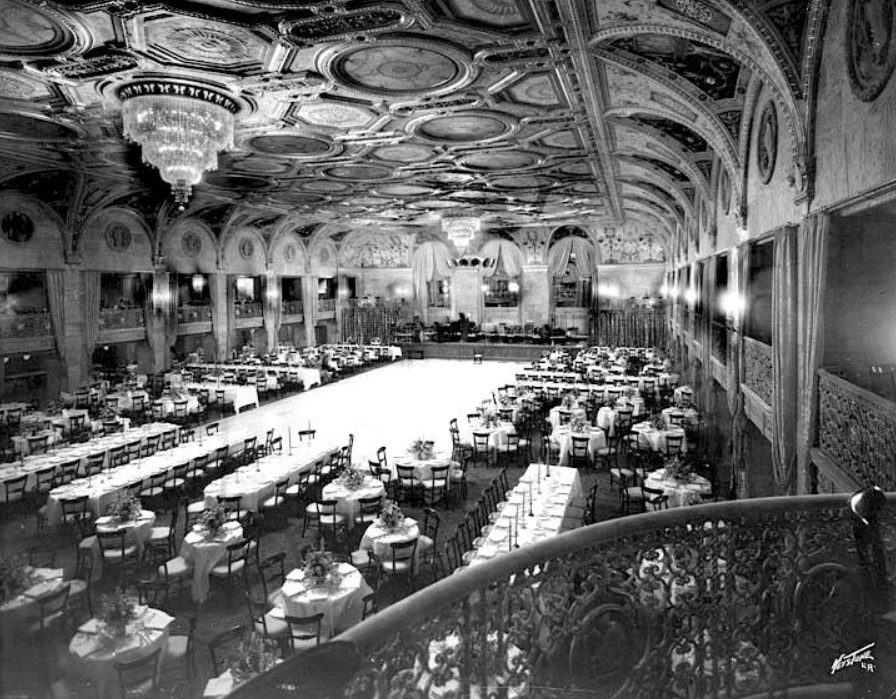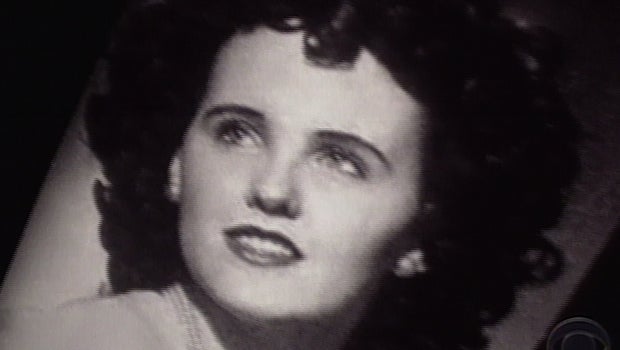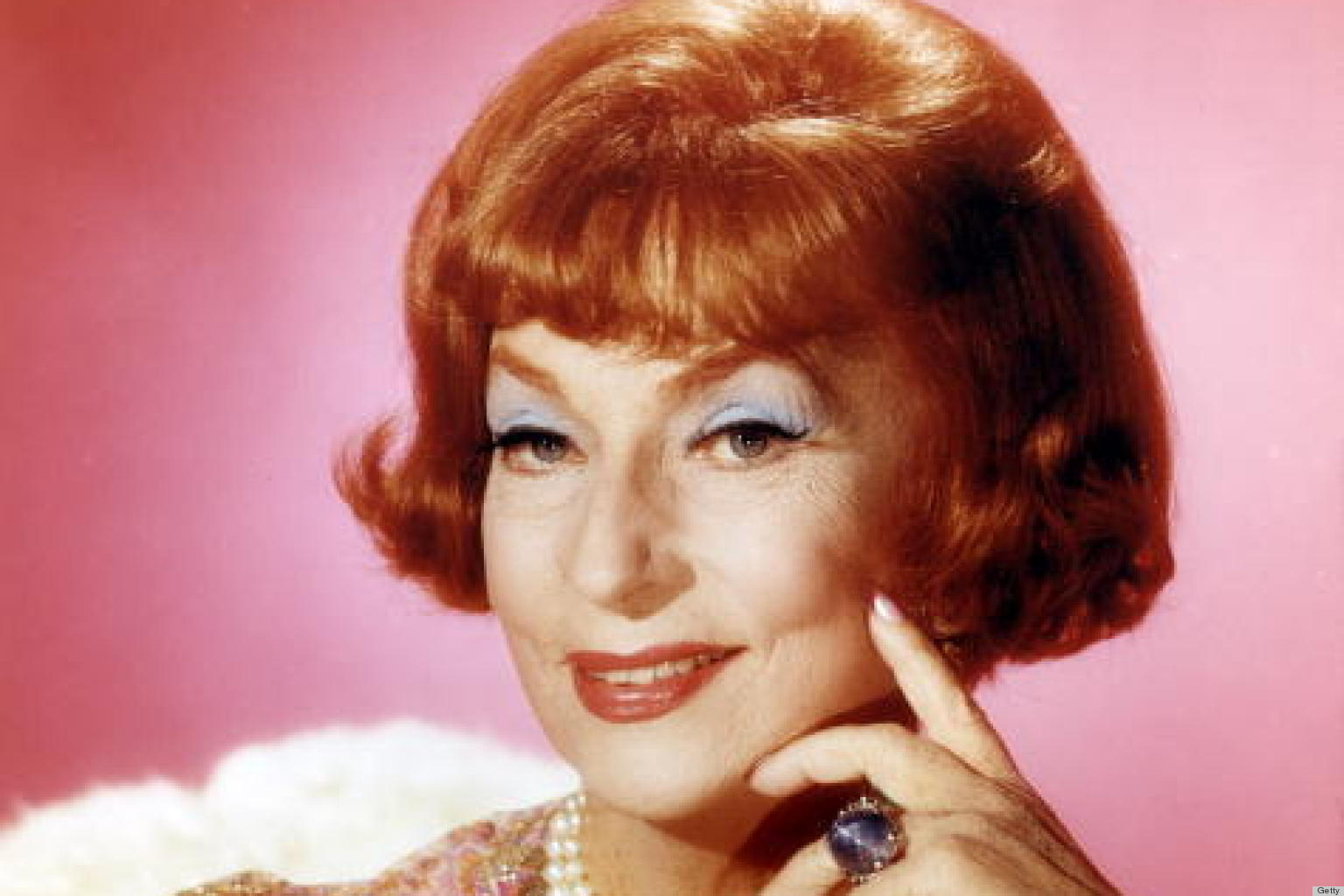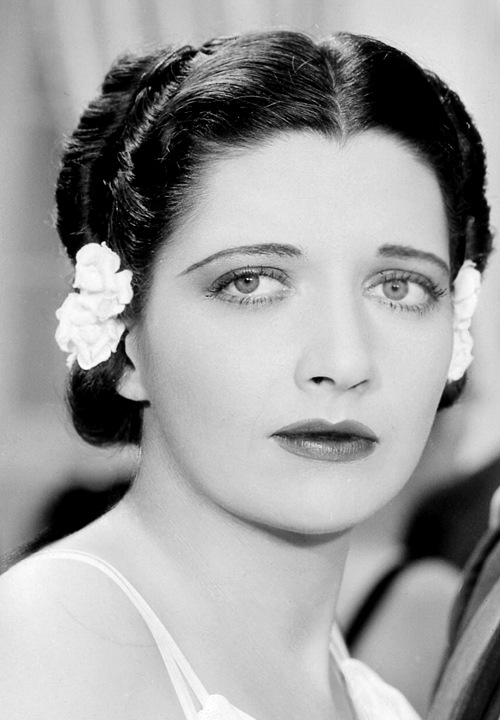
I read recently that ‘gay-gossip is the newest and most clever form of homophobia’. Nice try, but I’m not buying it. I am neither homosexual nor homophobic, but I am interested in subterfuge and in exposing old-time movie studios that made an art form out of gulling the public. For fifty or so years their publicity machines churned out phony, sanitized images of their stars and their lifestyles, and the public swallowed every word of them. Today, we know better. Hundreds, if not thousands, of biographies have been published over the last forty or so years, that dispute the fantasy created by studio moguls whose only aim was to make more money and still more money. These days we can read accounts of life among the stars by former employees of the studios, even their children, accounts that are free of the threat of dismissal or litigation now that the all-powerful studio bosses are gone. Not all of these accounts can be trusted, of course, but there are more than enough to enable us to seek (and find) verification where needed. So, for the record, I have no interest in what consenting adults do behind closed doors. It is their business and no-one else’s. But I do have an interest in history, genuine history that is, not some ‘smoke and mirrors’ exercise dreamt up by some cigar-chomping studio executive with too much power and too few morals.
Homosexuality and bisexuality were against the law back in the days when the studios ran Hollywood (approximately 1905 – 1958). The movie colony was literally riddled with people whose sexual persuasion was anything other than heterosexual. The studio bosses knew who was what, of course, and they kept a close watch on the tabloids, magazines and trade papers to make sure the sexuality of their meal-tickets remained, at least publicly, heterosexual and nothing but heterosexual. What started out as a safeguard quickly evolved into a full-time policy designed to hoodwink the paying public into believing whatever the studios wanted them to believe.
Strange as it might seem, most fans tend not to believe stories that their idols are gay. Probably because they simply don’t want to. Any report of sleazy heterosexual shenanigans is usually accepted without question, but mention of a star being gay or bisexual is generally met with accusations of ‘muck-raking’ and/or peddling sensationalism. Why is that? Naysayers throw up the usual arguments – ‘but he’s married’ or ‘they have kids’. But the fact is that Hollywood is (and always has been) chock full of male and female stars playing the heterosexual game for all they are worth. And, of course, it has always been in the studios’ interests to have all their matinee idols as ‘straight’ as arrows, hence lavender marriages everywhere, ‘beards’ working full time, and ‘cover-ups’ orchestrated by the studio ‘fixers’. The fact that the ‘biggies’ have always used ‘fixers’ is illuminating in itself.
Lavender marriages were arranged by studios to deflect tabloids from delving into the sexual persuasion of stars they suspected of being homosexual. Tiny and sweet Janet Gaynor lived her life in lavender marriages, the second of which was for twenty years to gay designer Adrian, and it produced a child. Lilyan Tashman was in a lavender arrangement with gay actor Edmund Lowe while indulging in a four-year affair with Garbo. Claudette Colbert was another of her lesbian lovers. Other stars, such as Jean Arthur, had their lesbian liaisons out on the coast, far from Hollywood and the gossip columnists.

Janet Gaynor and Adrian – a lavender marriage

Jean Arthur
Cary Grant would marry five times in attempts to mask his homosexuality and his lifelong love affair with Randolph Scott (see picture at top). Gay director George Cukor would hold the biggest gay and lesbian parties in his home, his homosexuality an open secret throughout the movie community. Men often wore purple neckties as a kind of code for attracting other gay men at clubs and parties. Lesbian fans often wrote their letters on lavender or mauve paper. I love the story told about Cukor when he was confronted about his homosexuality by the head of MGM, Louis B Mayer, a dyed in the wool homophobic if there ever was one. ‘Er…George, are you really a…hom…homosexual? Mayer asked. Cukor looked him straight in the eye and gave him a one-word answer. ‘Dedicated!’ Mayer never brought the subject up with him again.

Director George Cukor
And there were many gay establishments throughout Hollywood, especially in the thirties and forties. The very first was Jimmy’s Back Yard, which opened in 1929. Prohibition was in full swing then, but bootleggers and cocaine dealers kept patrons well supplied nevertheless. A speakeasy named BBB’s Cellar was extremely popular when it opened down the road from Jimmy’s, although there were no signs indicating it was a rendezvous for gay patrons. Traditionally, patrons were given a hammer as they arrived, which they would bang on the table whenever someone entered the premises. Regulars included Tallulah Bankhead, Joan Crawford, Constance Bennett, Norma Talmadge, Lilyan Tashman, Ramon Novarro, Cary Grant and Howard Hughes, just to name a few. It was Marlene Dietrich’s favourite club.

Tallulah Bankhead

Constance Bennett

Lilyan Tashman
The police tended to crack down on what they referred to as the ‘pansy clubs’, the ones that offered floorshows in which ‘women masqueraded as men, and men as women’. The Hollywood Vice Squad regularly pounced on these establishments. Female impersonators at Jimmy’s Back Yard were dragged off to jail after one raid and given 6 month’s imprisonment! One night, so the story goes, the bisexual actress Lili Damita had sex with a waiter in full view of twenty or so spectators. Little wonder her former lover Humphrey Bogart nicknamed her ‘Tiger Lil’. Her lovers, male and female, numbered in the hundreds. Fans had no idea she swung both ways. Her husband Errol Flynn knew, of course, not that it overly bothered him.

Lili Damita and her husband Errol Flynn
Café Gala was opened in 1939 on Sunset Boulevard. It never advertised itself as a gay bar, nor was it exclusively gay, but it was essentially so, nonetheless. The bar area catered to gay men, but there were strict rules, especially regarding contact between patrons. Nothing beyond a handshake was tolerated on the premises. Opened by the Baroness Catherine d’Erlanger, it featured gay singer Johnny Walsh, and was the favourite gay bar of Judy Garland. Cole Porter could be observed there, as well as Greta Garbo on the rare occasions she ventured out with her nutritionist escort Gaylord Hauser. It was one place where gay and lesbian stars and other notables could drop in without running the risk of being raided. It closed in 1948.

the great Cole Porter

the almost as great Judy Garland
The Flamingo was an upscale lesbian nightclub, very popular in the 1940s, that was run by a woman named Beverly Shaw, who would greet patrons wearing a man’s jacket and bow tie on her top half, a short skirt and high heels below the waist. The Canyon Club was a gay and lesbian spot throughout the 40s and 50s, situated in the Topanga Canyon area. It had an early warning system in which lights would flash when the Vice Squad was spied approaching. This was the signal for patrons to switch dance partners to someone of the opposite sex.

Beverly Shaw of the Flamingo
Smitty’s, The Gay Inn and the Gayway Café were three gay venues well known to the military. Wherever they suspected gay crowds to congregate, the army would post signs at those places, ‘Out of bounds to military personnel’. Not all gay meeting places were clubs, of course. Pershing Square was a park in downtown Los Angeles. A travel site called ‘Discover Los Angeles’ named Pershing Square as one of ‘Ten Gay Landmarks’ worth visiting. During WW2 the army would put up information areas in the square for soldiers, even though it was a popular congregating area for gays. And the notorious Biltmore Hotel was just across the street.

Pershing Square, L.A. circa 1945

the Biltmore Hotel Ballroom circa 1930
The Biltmore opened its doors in 1923. Its bar was one of the few places in Los Angeles where gays could meet openly. The hotel has welcomed Presidents, dignitaries and closeted male celebrities for decades. Eight Oscars banquets have been held there, and movies and television programs filmed there. During the war uniformed soldiers would be packed in three deep at the bar in search of gay love. The Biltmore is also historically known to be the last place the famous Black Dahlia was seen prior to her grisly corpse turning up in two halves in 1946. Today, (to its everlasting shame), the bar serves a ‘Black Dahlia Cocktail’. Well, whatever brings in a buck, I guess.

Elizabeth Short – ‘The Black Dahlia’
Other venues of the 30s and 40s included Speak 39, Johnny Frenchman’s, The Gypsy Room, The Tropical Village and Santessus Club. A joint called M & M was a lesbian bar that catered primarily for Latinas. Brothers was a gay bar for African-Americans. In the 50s and 60s there existed The Cherokee Club, House of Ivy, Lafayette, Chee-Chee’s, Open Door, The Party Pad and The Carousel in Venice. There were scores more. Under-age gays were catered for as well. Those who lacked the necessary ID to get into bars could adjourn to places such as Coffee Dan’s, The Gold Cup and Marlin Inn on Hollywood Boulevard, all of which catered exclusively for homosexuals. In the fifties Montgomery Clift was often seen at Coffee Dan’s. By the 60s transvestites had taken over the establishment. There were several Coffee Dan’s in Los Angeles. The gay one was on Hollywood Boulevard.

Montgomery Clift
It was Alla Nazimova who coined the euphemism ‘the Sewing Circle’ for Hollywood’s lesbian fraternity. Tallulah Bankhead may or may not have been involved with the group, but she had many female lovers. Hattie McDaniel and Patsy Kelly were two of them. Hattie won an Oscar playing Mammy in Gone With The Wind in 1939. Singer Billie Holiday was another of Tallulah’s conquests. The circle would meet regularly, sometimes at the home of Delores Del Rio, and consisted of lesbians, bisexuals and the occasional ‘experimenter’. They would meet at one another’s homes for lunch, a chat and whatever else eventuated. The agenda was flexible.

Hattie McDaniel
Members came and went, but stars such as Joan Crawford, Garbo, Barbara Stanwyck, Myrna Loy, Agnes Moorehead, dancer Isadora Duncan, writer Mercedes de Acosta and Dietrich were all said to be part of the Sapphic Sewing Circle. Others included Kate Hepburn, Kay Francis, Judith Anderson, Evelyn Brent and Marjorie Main (Ma Kettle). Garbo and Dietrich always maintained they never knew each other, but insiders disagree, especially in light of the fact that both women appeared in a movie in Berlin in 1925 called The Joyless Street. Personally, I doubt if they were lovers. If they were, then why would Dietrich deny it? Garbo was ridiculously secretive, but Marlene certainly was not.

Agnes Moorehead

Myrna Loy

Kay Francis

Ma Kettle
Crawford had many lovers of both sexes. She even took a crack at the heterosexual Marilyn Monroe during one of MM’s weaker moments. It was common knowledge in Hollywood that the Bette Davis-Joan Crawford feud came about because Joan made a pass at Bette and was turned down. Crawford was notorious for holding grudges against anyone (male or female) that refused to sleep with her.
Other than Lilyan Tashman, Garbo had relationships with Louise Brooks and Mercedes de Acosta, yet her great love was a married Swedish actress named Mimi Pollak. Unlike Dietrich, Garbo never married and never had children. Of course, just like Marlene, she took lovers of both genders. Eva le Gallienne shared her favours with Tallulah, Estelle Winwood, Alla Nazimova and de Acosta, to name but a few.
/Greta%20Garbo/gre1v.jpg)

Mimi and Garbo

a youthful Estelle Winwood

Estelle in Murder by Death (1976)
During the Second World War Los Angeles was officially known as a gay community, although if you were to take the studios’ word for it every actor and actress on their books was as heterosexual as Captain America! Significantly, the fear of exposure as a gay person was tangible and potentially career-destroying, while the sexual exploitation of young hopefuls (of both sexes) went on unchecked, day in and day out at every studio, large or small.

The information about Grant and Scott is rumor. Scott’s biographer stated that there was no evidence to back this claim, as did Grant’s daughter. There is no credible evidence indicating the actors were more than just good friends. It’s sad that people are more interested in pointless gossip than truth.
It is not pointless gossip at all, Tess. Cary was bisexual, despite what his daughter believes.